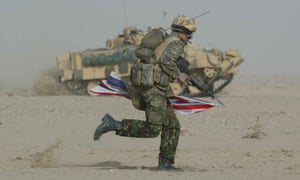By MAX FISHER
AUG. 11, 2016
 WASHINGTON — Russia is conducting a series of military and rhetorical escalations toward Ukraine that have anxious Western analysts once again looking for clues as to President Vladimir V. Putin’s next move.
WASHINGTON — Russia is conducting a series of military and rhetorical escalations toward Ukraine that have anxious Western analysts once again looking for clues as to President Vladimir V. Putin’s next move.
On Wednesday, Russia’s state security agency, the F.S.B., claimed that it had blocked an attack on Crimea by “sabotage-terrorist groups” sponsored by the Ukrainian government, though two Russian soldiers were killed.
Mr. Putin accused the Ukrainian government of using terrorism to incite conflict over Crimea, which has been heavily militarized since Russia annexed it from Ukraine in 2014. He warned ominously, “We obviously will not let such things slide by.”
Russia has increased its military presence in and around Crimea, adding to fears that Moscow might be planning another military intervention in Ukraine. But while Mr. Putin is nothing if not unpredictable, analysts say this may be about Russia seeking diplomatic leverage rather than prepping for war.
What is actually happening in Crimea?
